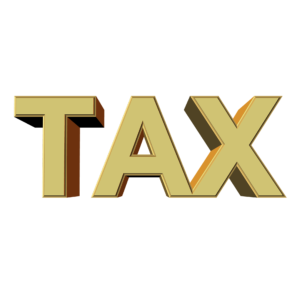Trae Bodge, a shopping expert who lives in the New York City area, sees higher prices for products and services marketed to women everywhere: Socks, razors, shampoo and apparel are a few of the product types aimed at women that tend to cost more.
“I don’t know why brands think this is acceptable,” Bodge says. “It’s another punch to the gut as we’re trying to manage our budgets right now,” she adds, referring to rising prices across consumer goods categories due to inflation.
The phenomenon known as the “pink tax,” when products and services aimed at women cost more than their counterparts aimed at men, is well-documented across many goods and services. A 2021 paper co-authored by Stephanie Gonzalez Guittar, assistant professor in the sociology department at Rollins College in Florida, found that women pay more for deodorants and lotions, and that personal care products are increasingly differentiated by gender. For example, lotion for women cost an average of $2.97 per ounce compared to $1.86 for men.
While Equal Pay Day on March 14 focuses on the pay gap between men and women, it can also be a reminder to consider why being a woman so often comes with a higher price tag — and what to do about it. In Kimberly Palmer’s latest for the Associated Press, learn how to avoid paying the pink tax.
 This week’s top story: Smart Money podcast on how COVID-19 changed our finances — and our advice. In other news: Ride out fed rate hikes at a credit union, tax tips for crowdfunding, and credit or debit card for kids.
This week’s top story: Smart Money podcast on how COVID-19 changed our finances — and our advice. In other news: Ride out fed rate hikes at a credit union, tax tips for crowdfunding, and credit or debit card for kids. This week’s top story: Smart Money podcast on how to leverage inflation for your benefit. In other news: Justice department sues to block JetBlue, Spirit merger, 3 tax credits not to miss when you file this year, and 3 ways to get your income and other money faster.
This week’s top story: Smart Money podcast on how to leverage inflation for your benefit. In other news: Justice department sues to block JetBlue, Spirit merger, 3 tax credits not to miss when you file this year, and 3 ways to get your income and other money faster. This week’s top story: Smart Money podcast on the tax 2023. In other news: In March, mortgage rates will have little reason to fall, what you should do with savings if there’s a recession, and why a new-construction home may cost less than you expect.
This week’s top story: Smart Money podcast on the tax 2023. In other news: In March, mortgage rates will have little reason to fall, what you should do with savings if there’s a recession, and why a new-construction home may cost less than you expect.